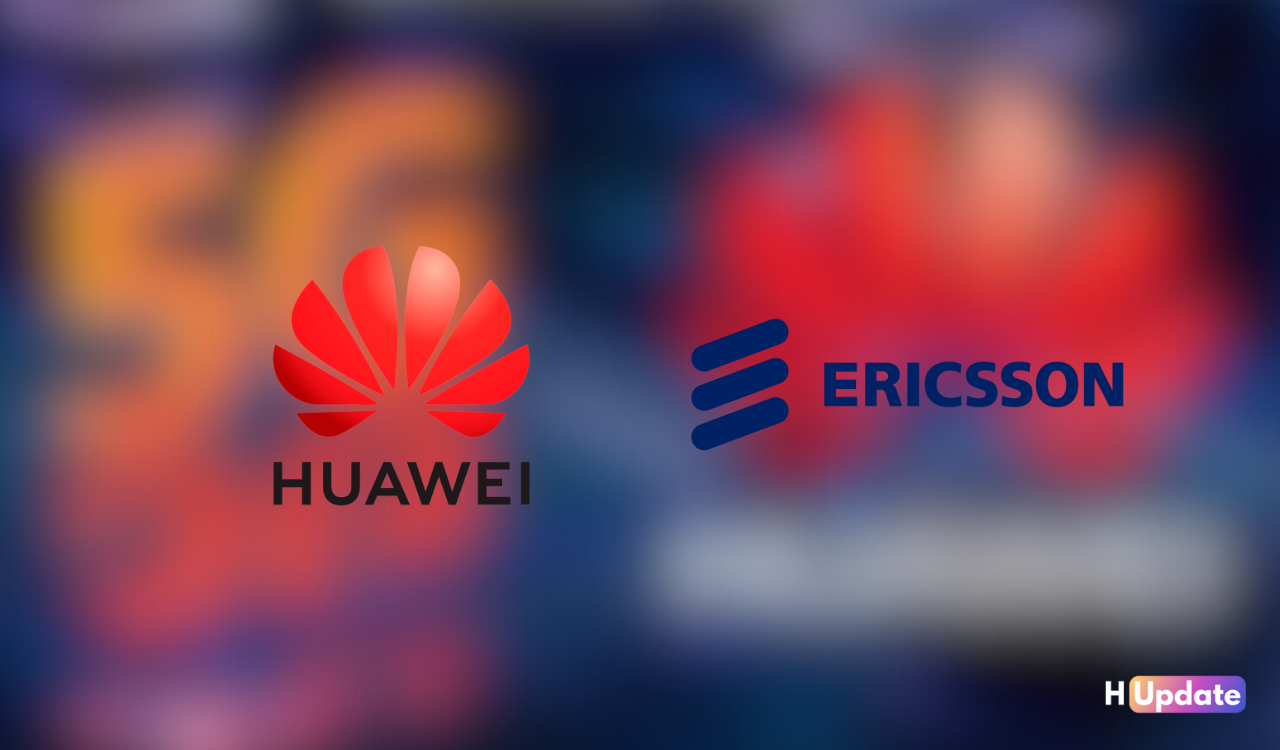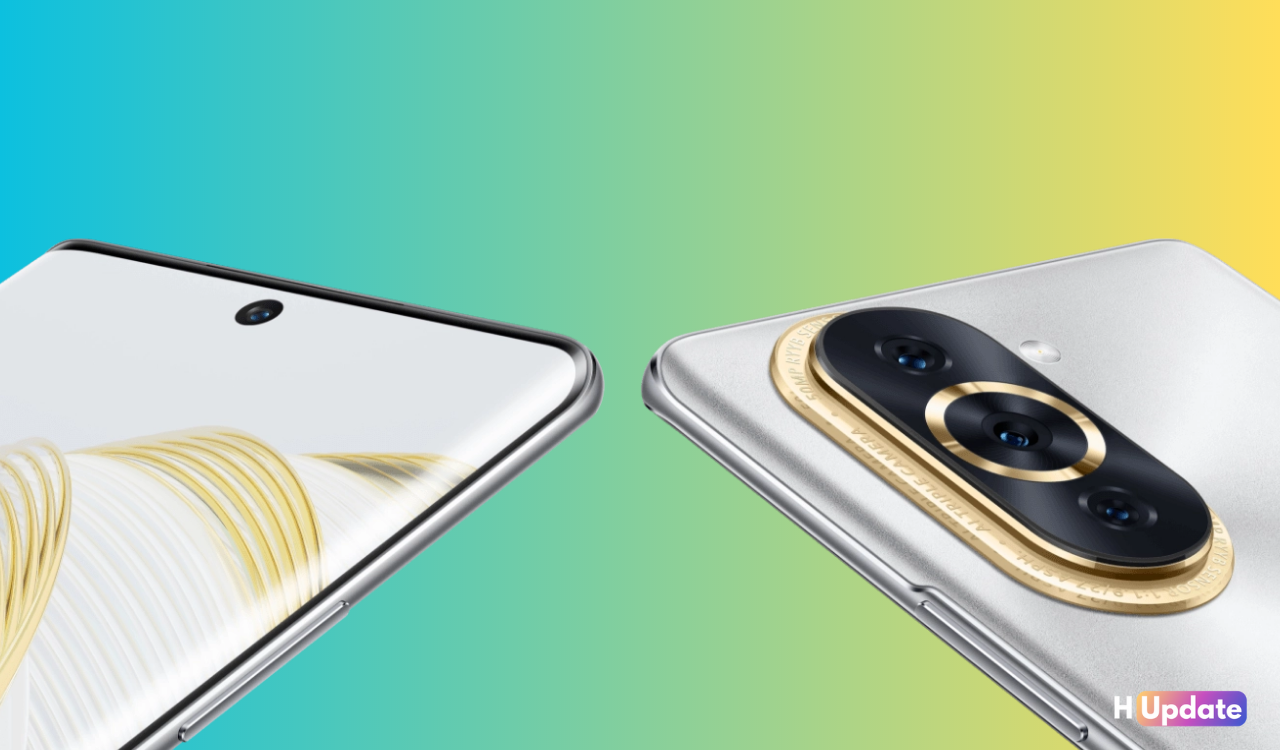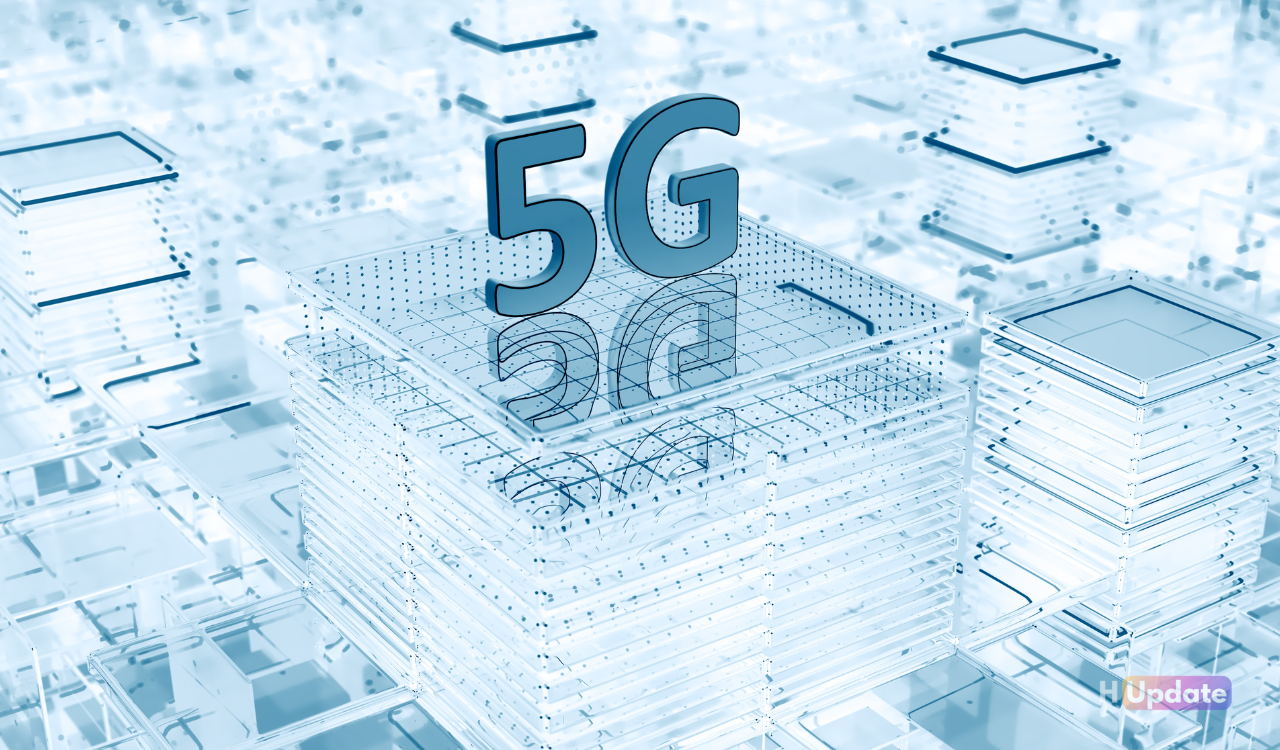Huawei 5G
US companies can talk about 5G standards again with Huawei: Source
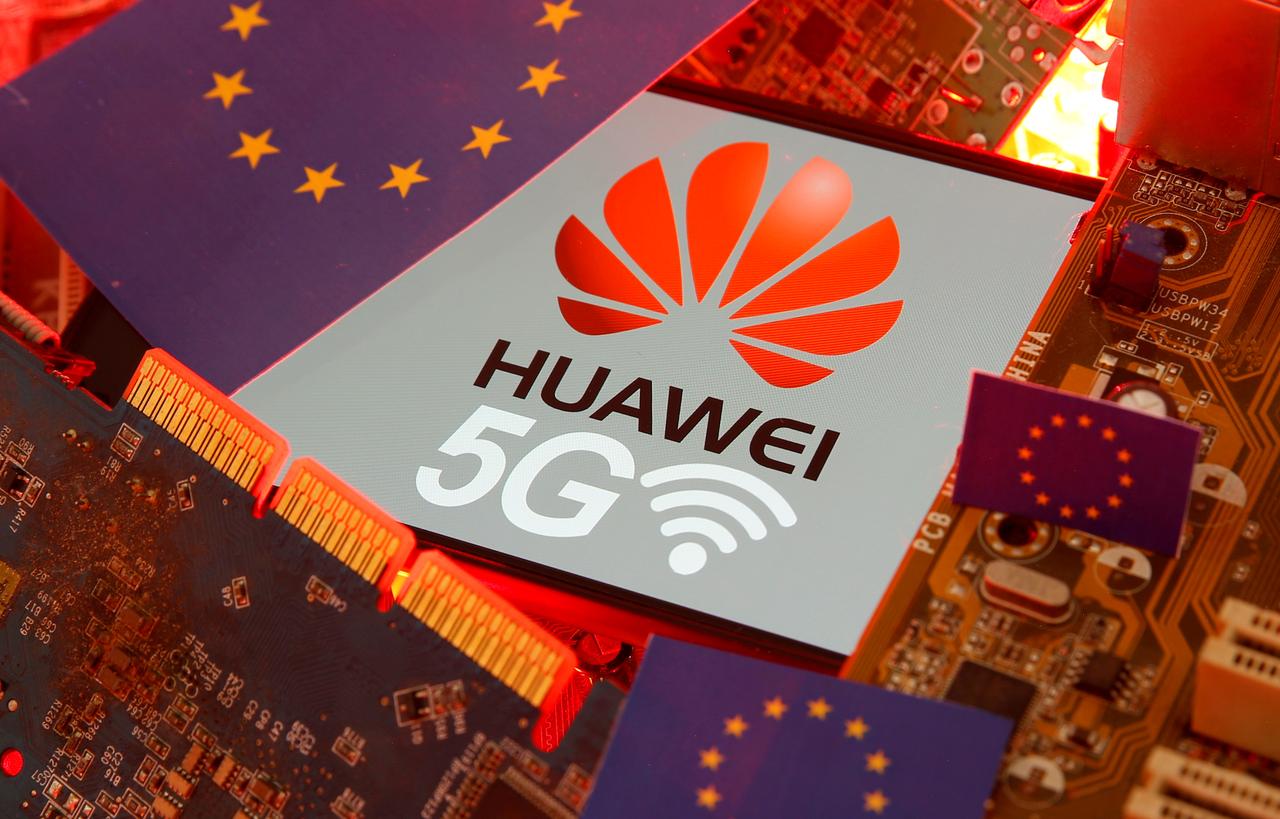
According to the Reuters report, the U.S. Department of Commerce is about to sign a new collaboration agreement between Huawei and U.S. companies for the next-generation 5G networks.
Huawei has been on the United States Entity List for 1 year now, which enables cooperation between Huawei and American companies only through an exceptional permit.
Engineers in some U.S. technology companies stopped engaging with Huawei to develop standards after the Commerce Department blacklisted the company last year. The listing left companies uncertain about what technology and information their employees could share with Huawei, the world’s largest telecommunications equipment maker.
That has put the United States at a disadvantage, said industry and government officials. In standards-setting meetings, where protocols and technical specifications are developed that allow equipment from different companies to function together smoothly, Huawei gained a stronger voice as U.S. engineers sat back in silence. The Commerce Department placed Huawei on its “entity list” last May, citing national security concerns. The listing restricted sales of U.S. goods and technology to the company and raised questions about how U.S. firms could participate in organizations that establish industry standards.
After nearly a year of uncertainty, the department has drafted a new rule to address the issue, two sources told Reuters. The rule, which could still change, essentially allows U.S. companies to participate in standards bodies where Huawei is also a member, the sources said. The draft is under final review at the Commerce Department and, if cleared, would go to other agencies for approval, the people said. It is unclear how long the full process will take or if another agency will object.
“As we approach the year mark, it is very much past time that this is addressed and clarified,” said Naomi Wilson, senior director of policy for Asia at the Information Technology Industry Council (ITI), which represents companies including Amazon.co Inc, Qualcomm Inc and Intel Corp.
The U.S. government wants U.S. companies to remain competitive with Huawei, Wilson said. “But their policies have inadvertently caused U.S. companies to lose their seat at the table to Huawei and others on the entity list.” The rule is only expected to address Huawei, the people familiar with the matter said, not other listed entities like Chinese video surveillance firm Hikvision.
In adding Huawei to the list last May, the Commerce Department cited U.S. charges pending against the company for alleged violations of U.S. sanctions against Iran. It also noted that the indictment alleges Huawei engaged in “deceptive and obstructive acts” to evade U.S. law. Huawei has pleaded not guilty in the case.
A Department of Commerce spokesman declined to comment. A Huawei spokeswoman also declined to comment. “I know that Commerce is working on that rule,” a senior State Department official told Reuters on Wednesday. “We are supportive in trying to find a solution to that conundrum.”
The White House and departments of Defense, Energy, and Treasury did not immediately respond to requests for comment. “International standard setting is important to the development of 5G,” said another senior administration official, who also did not want to be identified. “The discussions are about balancing that consideration with America’s national security needs.”
Six U.S. senators, including China hawks Marco Rubio, James Inhofe and Tom Cotton, last month sent a letter to the U.S. secretaries of Commerce, State, Defense and Energy about the urgent need to issue regulations confirming that U.S. participation in 5G standards-setting is not restricted by the entity listing.
“We are deeply concerned about the risks to the U.S. global leadership position in 5G wireless technology as a result of this reduced participation,” the letter said. In the telecommunications industry, 5G, or fifth-generation wireless networks, are expected to power everything from high-speed video transmissions to self-driving cars.

Android
Astronauts took the Huawei P50 Pro to space

Recently, Chinese astronauts have taken the flagship Huawei P50 Pro to space initiated to share some selfies of up there….!! Huawei P50 Pro smartphone in space is just rock, specifically for the International Space Station (via Huawei Central). The dual camera ring design of the phone is clearly visible in the images. As a Chinese astronaut shared some pictures from the Space Station. Which showcased the P50 Pro in his hand taking the phone there.
Also, the phone is pictured within a controlled atmosphere of the space station. Take it to outer space and it will likely destroy itself with its own heat due to lack of cooling. These images might suggest that the smartphone is capable of functioning even in space, but that is unlikely. Modern smartphones are designed to be used in Earth’s atmosphere. While certain functions like the camera and touch may work. There is no chance for signal reception and calling.
The Huawei P50 Pro runs on HarmonyOS and has a 6.6-inch OLED display with 1.07 billion colors, 120Hz refresh rate, and 2700 x 1228p resolution123. It is powered by a Qualcomm Snapdragon 888 4G processor with 8 CPU cores. Also, a maximum clock speed of 2840 MHz14. It has a 4360mAh battery that supports 66W wired and 50W wireless charging1.
Additionally, it has a quad camera setup on the back with a 50MP main sensor and a 13MP selfie camera on the front1. It is dust and water-resistant up to 1.5m for 30 minutes3. Also, it measures 158.8 x 72.8 x 8.5 mm and weighs 195g235. It comes in black and gold colors.

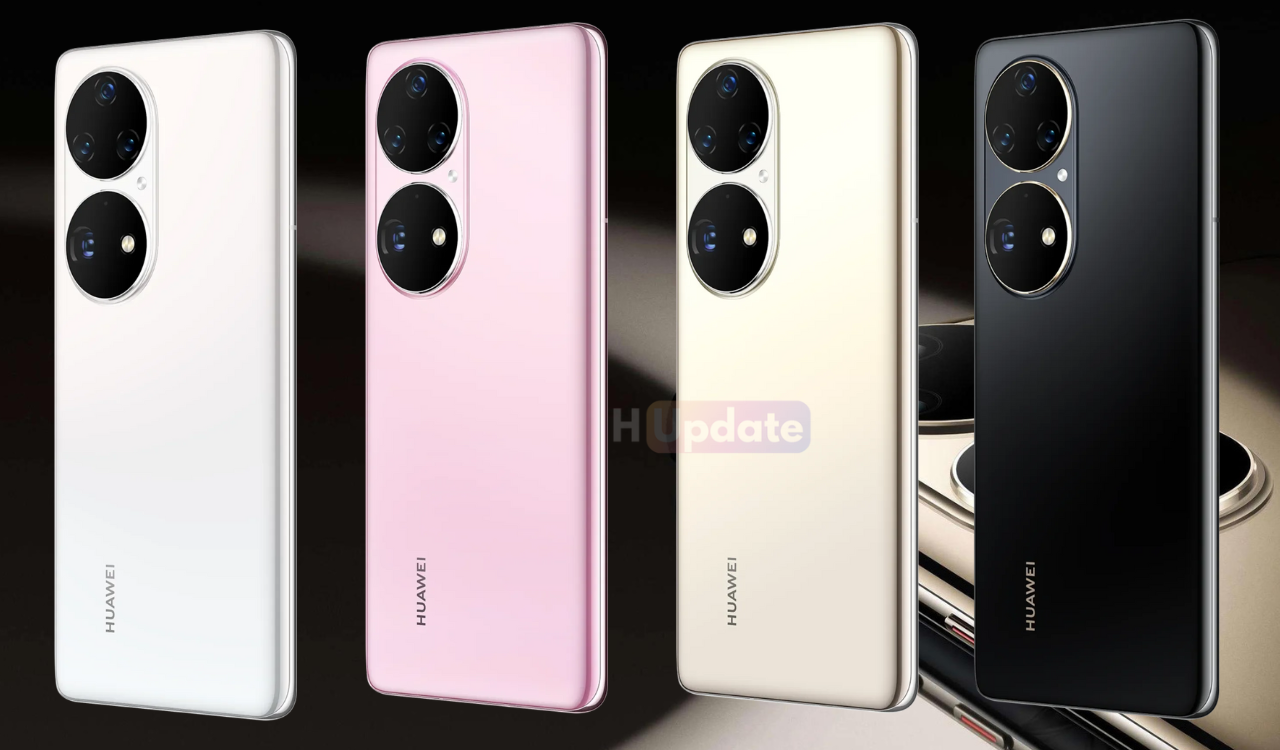
Huawei 5G
Huawei Recognized as a Customers Choice in 2023 Gartner Peer Insights
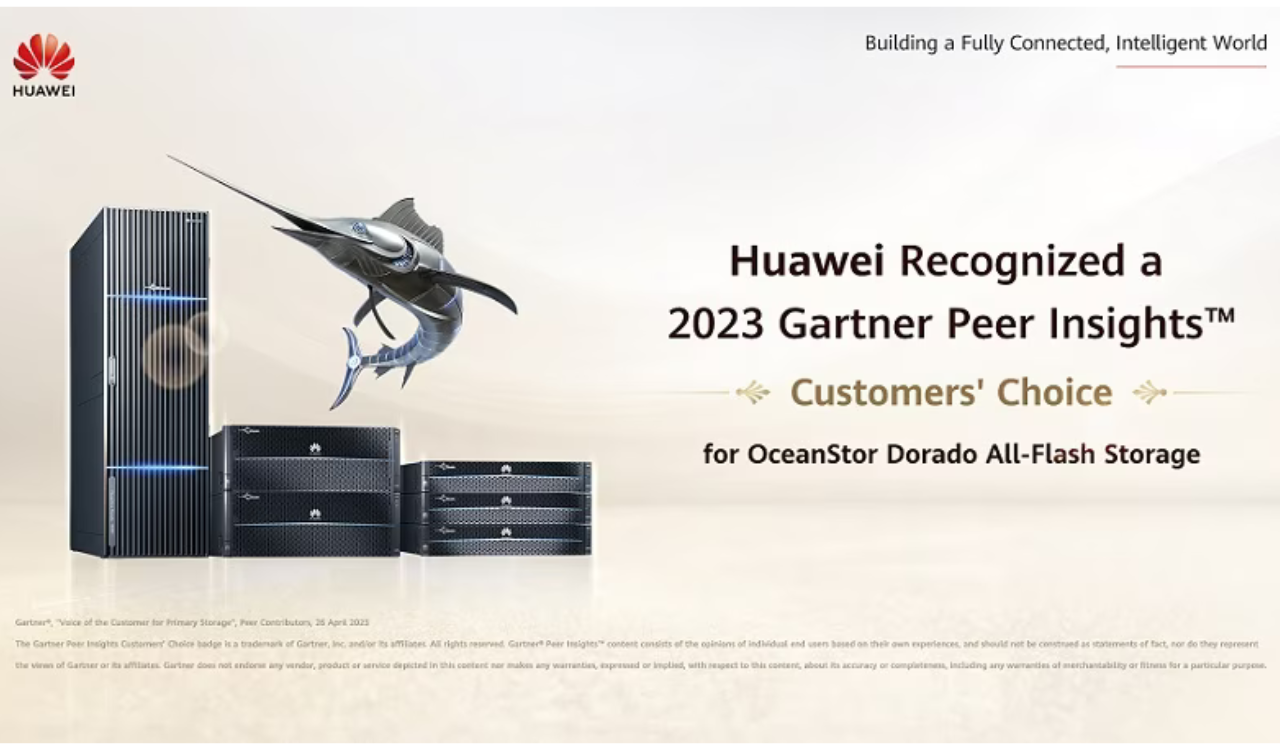
In the Gartner Peer Insights Voice of the Customer for Primary Storage for its OceanStor Dorado all-flash storage, Huawei was recognized as a 2023 Customers’ Choice. That too with a 100% user recommendation rate and a full score of 5.0 based on 214 reviews, Huawei steal the heart of customers.
Showcasing the Huawei OceanStor Dorado all-flash storage played a part in the evaluation process. Covering industries from a wide range of economic sectors, including telecommunications, manufacturing, services, and so on, the product was reviewed by hundreds of customers worldwide in various regions.
Over 150 countries and regions including Latin America, Europe, Africa, the Middle East, and Asia-Pacific, Huawei OceanStor Dorado all-flash storage is now utilized. Where it provides reliable services to industries such as finance, telecommunications, government, and public utilities.
Huang Tao, President of Huawei All-Flash Storage Domain, is convinced.
“We are grateful for the global community’s continued support and recognition, as Huawei’s primary storage is once again regarded as a ‘Customers’ Choice’. We believe this recognition is the highest form of affirmation from our valued clients, and it serves as a driving force fueling our persistent efforts towards further improvements.”
“In our commitment to innovation, we will focus on crucial aspects such as reliability, ease of use, and security, while continuously investing in technologies to offer our clients more efficient, stable, and intelligent storage solutions that accelerate their digital transformation.”

Huawei 5G
US required more money to get rid of Huawei equipment
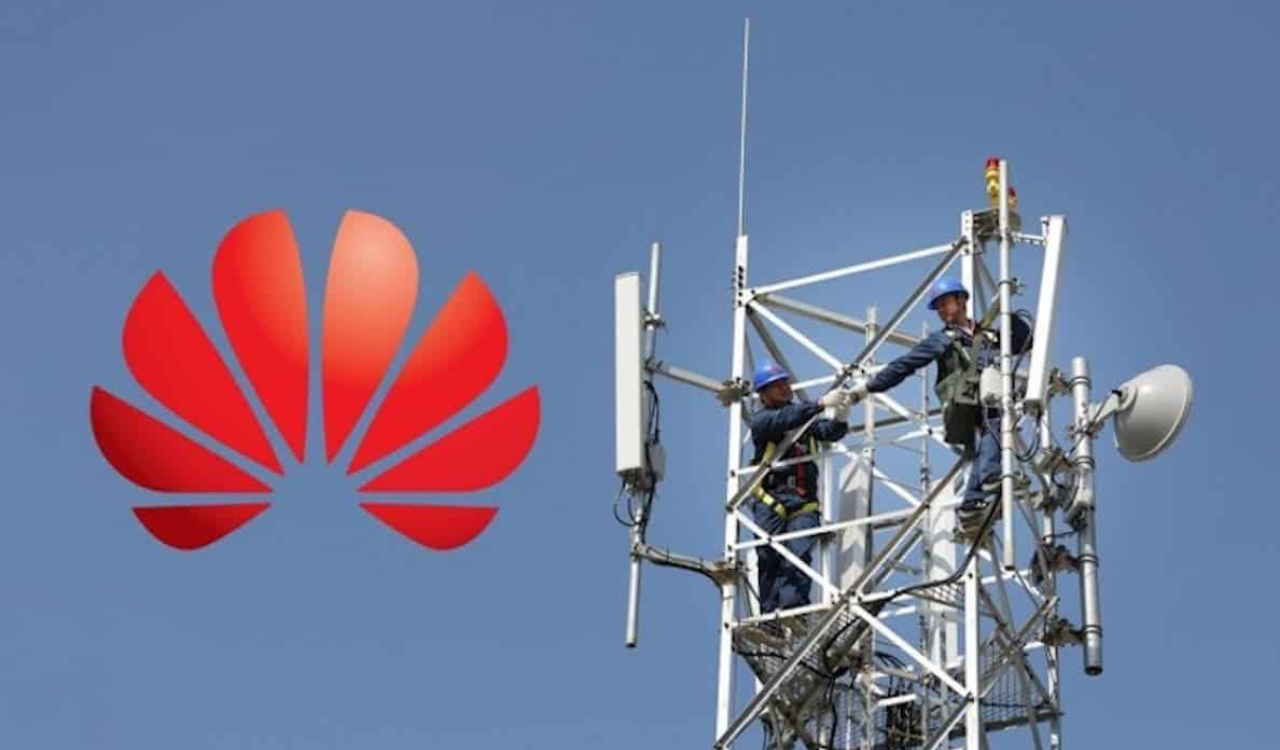
The cost of removing the Huawei equipment has risen since Huawei and ZTE have been declared as national security threats due to the practice of spies. The US wants to completely spare Chinese tech giant equipment from the county while campaigning to get rid of them.
The US imposed sanctions on Huawei equipment in 2019. The FCC was granted $1.9 billion in funding to help carriers replace Huawei and ZTE equipment with alternatives, in 2021. In the present year, it is estimated that the US needs more money to completely fulfill the job. i.e. another 3.08 billion dollars to bring the project to completion.
Why does America need more money to get the job done?
The US will spend a total of 5 billion dollars on infrastructure replacement if additional costs do not appear in between. The compensation is for carriers with more than two million users, in the first line. However, due to the lack of funds, the FCC decided to set priorities.
The US is also pressurizing European countries to do the same, apart from the fact that the US having a lack of funds in the same stream. So far, only Sweden and the UK have obeyed. Other countries continue to do business with Chinese companies, and currently, 41% of European 4G infrastructure relies on Huawei technology. The complete replacement of Huawei infrastructure will last until 2027 as later predicted.
What about other countries?
Following the US sublines some EU countries decided to go their own way despite the fact that the US needs more money to get rid of Huawei. Germany, Poland, Portugal, and Austria continue to use Huawei equipment for the 5G network as well.
Berlin rais hand to be self decision-maker in the line, about whose equipment it will opt for. Meanwhile, they’ll not give in to American pressure. As other the recent report disclose that the operator Vodafone in Germany alone would spend 2.8 billion euros to replace Huawei’s equipment.


